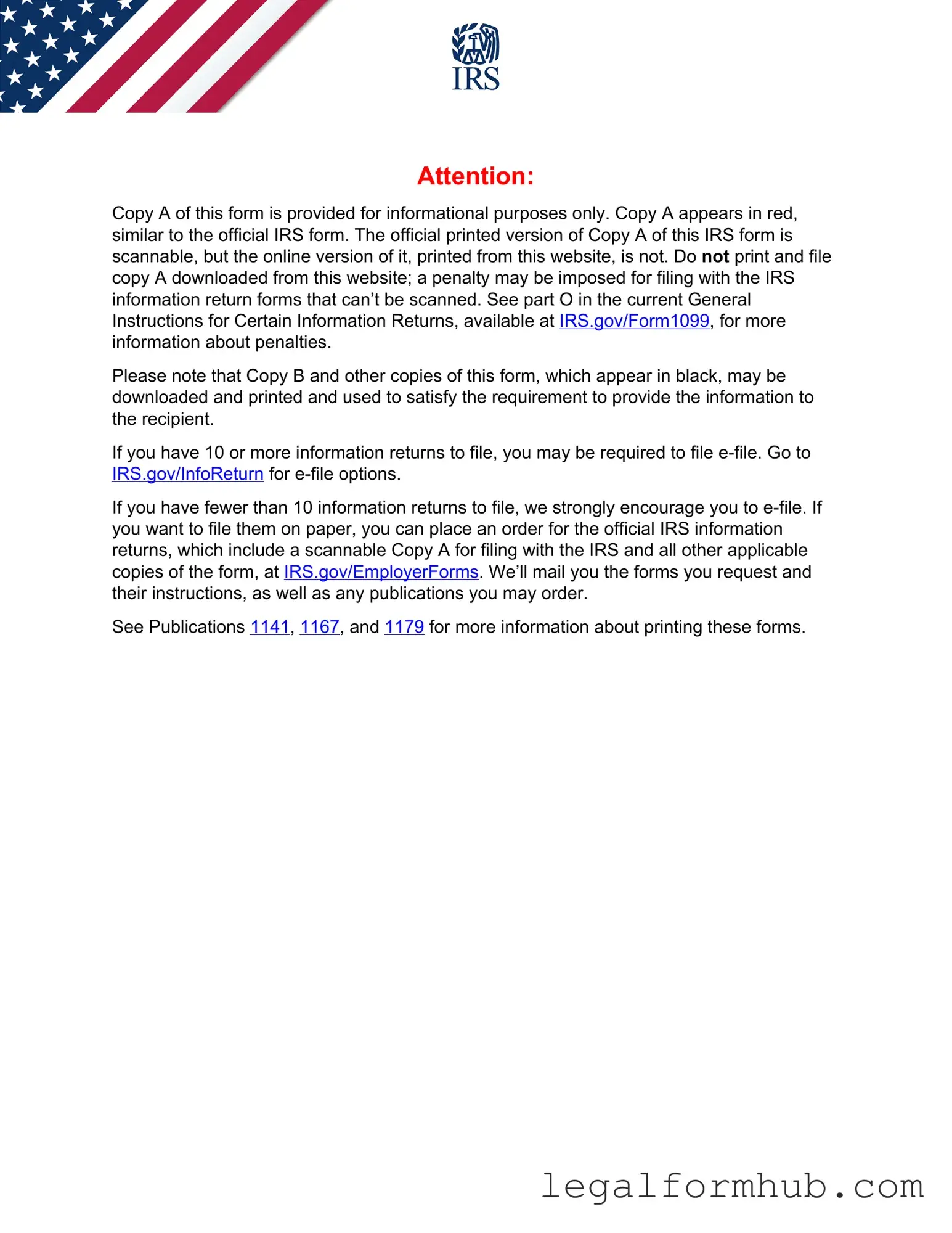The IRS 1099-NEC form is similar to the 1099-MISC in that both are used to report payments made to non-employees. The 1099-NEC specifically focuses on reporting payments of $600 or more to independent contractors, freelancers, and other non-employee service providers. This form was reintroduced in 2020, separating non-employee compensation from other types of income reported on the 1099-MISC, thus streamlining the reporting process for businesses.
The IRS 1099-DIV form is also comparable to the 1099-MISC, as it reports dividends and distributions paid to shareholders. When a corporation pays dividends to its shareholders, it must issue a 1099-DIV if the total distributions exceed $10. This form provides essential information for individuals to report their investment income accurately on their tax returns.
For those looking to ensure a seamless transition in ownership when buying or selling a boat, the California Boat Bill of Sale is an essential tool. To begin the process, you can conveniently access the necessary form through Fill PDF Forms, which offers a streamlined experience for completing this important legal document.
The 1099-INT form serves a similar purpose by reporting interest income. Banks and financial institutions issue this form when they pay $10 or more in interest to account holders. Just like the 1099-MISC, the 1099-INT helps ensure taxpayers report all their income, which is crucial for accurate tax calculations.
The 1099-B form is another related document, which reports proceeds from broker and barter exchange transactions. When individuals sell stocks or other securities, their brokers issue a 1099-B to report the sales. This form helps taxpayers accurately calculate capital gains or losses, much like the 1099-MISC assists in reporting various types of income.
The 1099-R form is used to report distributions from retirement accounts. When individuals receive distributions from pensions, annuities, or IRAs, the financial institution issues this form. Similar to the 1099-MISC, it ensures that recipients report income received from retirement plans, which is often taxable.
The 1099-S form reports proceeds from real estate transactions. When a property is sold, the closing agent typically issues a 1099-S to report the sale to the IRS. This form ensures that sellers accurately report any gains from the sale of real estate, paralleling the 1099-MISC in its role of reporting significant financial transactions.
Finally, the 1099-K form is used to report payment card and third-party network transactions. Payment processors issue this form when a business receives payments exceeding $20,000 and 200 transactions in a calendar year. Like the 1099-MISC, the 1099-K helps the IRS track income that may otherwise go unreported, ensuring compliance with tax laws.
